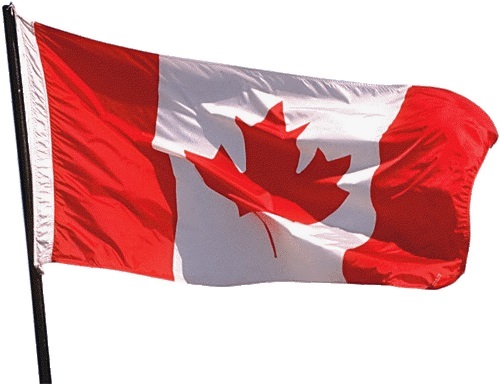Symbols of Canada

Canada is a North American country consisting of ten provinces and three territories. Located in the northern part of the continent, it extends from the Atlantic to the Pacific and northward into the Arctic Ocean. Canada is the world’s second-largest country by total area, and its common border with the United States is the world’s longest land border.
The National symbols of Canada represent all that the nation stands for, its people, places, traditions and cultures. For every citizen of Canada, the National symbols offer a sense of pride and honor in being a part of such a beautiful and diverse nation. The various National symbols of Canada are:
• The National flag
• The National anthem
• The Coat of Arms
• The Maple leaf
• The National animal

National Flag
The National flag of Canada was officially adopted and inaugurated in the year 1965 after several years of political debate over the flag’s design. The National flag holds a special place of honor as one of the foremost national symbol of Canada and therefore treated with much reverence.
Canada’s official National flag is colored red and white, the country’s official colors, and its center bears a maple leaf which is Canada’s traditional emblem.
National anthem
“O Canada” was officially declared the National anthem of Canada on 1st July, 1980, a century after it was first sung in 1880. The original lyrics of the anthem were written in French by Sir Adolphe-Basile Routhier and the music was composed by Calixa Lavallee. Over the subsequent years, several English versions of the anthem were also created. The official English version of the anthem was written by Mr. Justice Robert Stanley Weir.
As a National symbol of the country, “O Canada” is sung at sporting events, school assemblies and other formal occasions of national importance.
Official Lyrics of O Canada!
Lyrics O Canada (English version)
O Canada!
Our home and native land!
True patriot love in all thy sons command.
With glowing hearts we see thee rise,
The True North strong and free!
From far and wide,
O Canada, we stand on guard for thee.
God keep our land glorious and free!
O Canada, we stand on guard for thee.
O Canada, we stand on guard for thee.
Lyrics O Canada (French version)
« O Canada! Terre de nos aueux,
Ton front est ceint de fleurons glorieux!
Car ton bras sait porter l’epee,
Il sait porter la croix!
Ton histoire est une epopee
Des plus brillants exploits.
Et ta valeur, de foi tremp?e,
Protegera nos foyers et nos droits.
Protegera nos foyers et nos droits. »
Lyrics O Canada (Bilingual version — non official)
O Canada! Our home and native land!
True patriot love in all thy sons command,
Car ton bras sait porter l’epee,
Il sait porter la croix!
Ton histoire est une epopee
Des plus brillants exploits,
God keep our land glorious and free!
O Canada, we stand on guard for thee.
O Canada, we stand on guard for thee.
National Motto: A Mari Usque Ad Mare (From sea to sea)
Coat of Arms
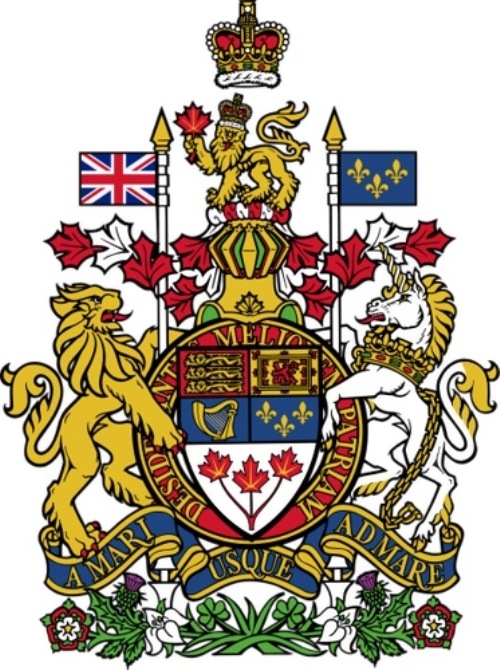
Canada’s National Coat of Arms closely resembles the Royal Coat of Arms of the United Kingdom with the exception of the additional maple leaves around its edges. The Coat of Arms is widely used for official purpose like classifying the minister and their offices, institutions of parliamentary secretaries’ and also the institutions with quasi-judicial functions. Besides, the symbol of the Coat of Arms also appears on official documents like the passports.
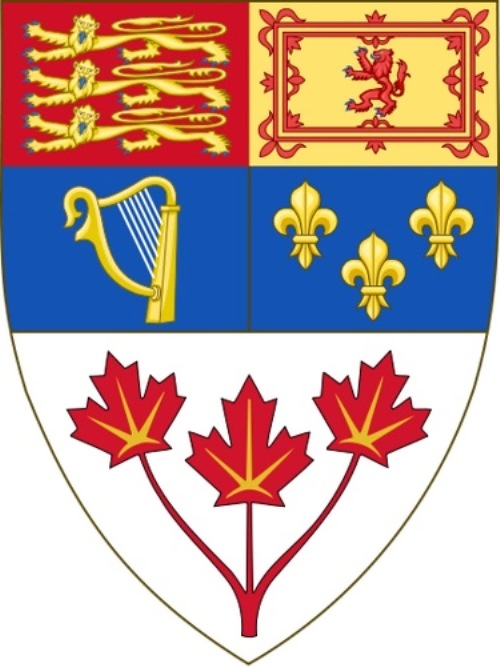
The Crown symbolizes the Canadian monarchy, and appears on the coat of arms (used by parliamentarians and government ministries), the flag of the Governor General, the coats of arms of many provinces and territories; the badges of several federal departments, the Canadian Forces, Royal Military College of Canada, Royal Canadian Mounted Police (RCMP), many regiments, and other police forces; on buildings, as well as some highway signs and licence plates. Also, the Queen’s image appears in Canadian government buildings, military installations and schools; and on Canadian stamps, $20 bank notes, and all coins.
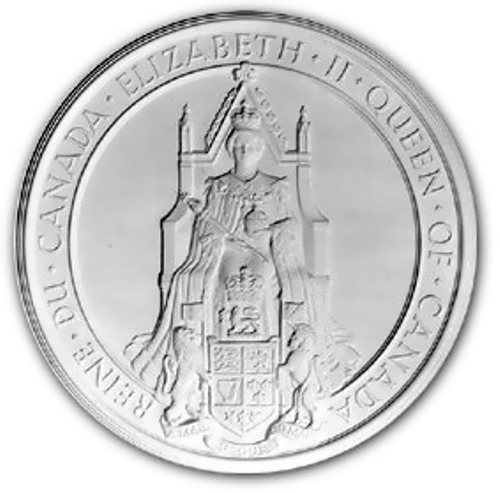
Great Seal of Canada
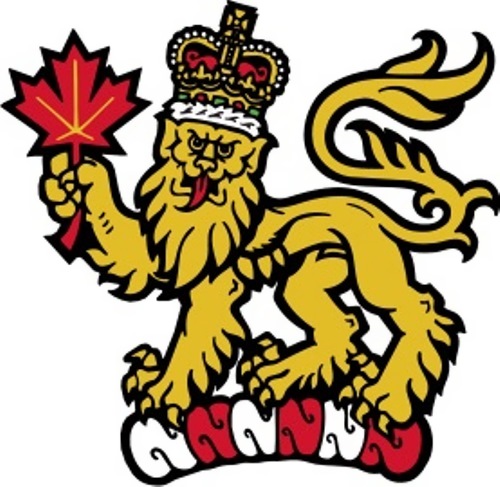
Canadian Crest
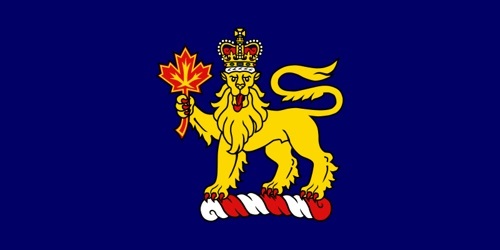
Flag of the Governor General of Canada
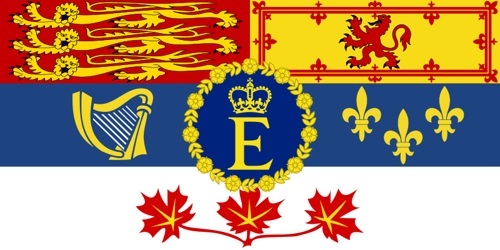
Royal Standard of Canada
National colors: Red and White
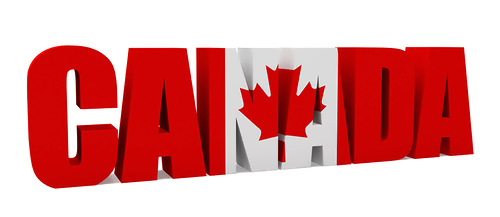
History records that in the First Crusade Bohemund I, a Norman lord, had red crosses cut from his mantles and distributed to the 10,000 crusaders, who wore them as a distinctive badge on their garments.
In subsequent crusades, each nation was distinguished by a cross of a different colour. France long had a red cross on its banners while England used a white cross. In the course of history, red and white alternated as the national colours of France and England.
Red and white were approved as Canada’s official colours in the proclamation of her coat of arms in 1921.
In 1957, the colour of the maple leaves on the shield of the Royal Arms of Canada was changed from green on a white ground to red on a white ground in recognition of Canada’s official colours.
The Maple leaf
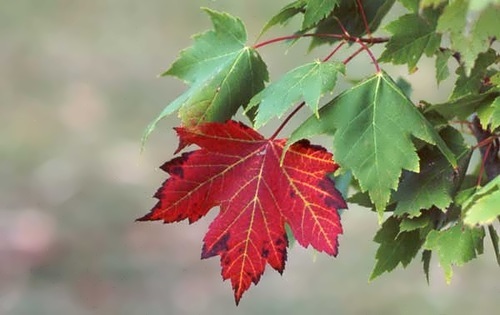
The history of the maple leaf as a symbol of Canada can be traced back as early as 1700. As Canada’s National emblem, the maple leaf appears on the national flag and coins and for many years it was used as a symbol of the Canadian Armed Forces. The maple leaf attained official status subsequent to the adoption of the new National flag of Canada which bears the leaf in its center.
Well before the coming of the first European settlers, Canada’s aboriginal peoples had discovered the food properties of maple sap, which they gathered every spring.
In 1834, the St. Jean Baptiste Society made the maple leaf its emblem.
In 1836, Le Canadien, a newspaper published in Lower Canada, referred to it as a suitable emblem for Canada.
In 1848, the Toronto literary annual The Maple Leaf referred to it as the chosen emblem of Canada.
Alexander Muir wrote The Maple Leaf Forever as Canada’s confederation song in 1867; it was regarded as the national song for several decades. The coats of arms created the next year for Ontario and Quebec both included the maple leaf.
The maple leaf today appears on the penny. However, between 1876 and 1901, it appeared on all Canadian coins. The modern one-cent piece has two maple leaves on a common twig, a design that has gone almost unchanged since 1937.
In 1957, the colour of the maple leaves on the arms of Canada was changed from green to red, one of Canada’s official colours.
On February 15, 1965, the red maple leaf flag was inaugurated as the National Flag of Canada.
Maple trees have played a meaningful role in the historical development of Canada and continue to be of commercial, environmental and aesthetic importance to all Canadians. Maples contribute valuable wood products, sustain the maple sugar industry and help to beautify the landscape. Maple wood, which varies in hardness, toughness and other properties, is in demand for flooring, furniture, interior woodwork, veneer, small woodenware, and supports several flourishing industries in eastern Canada. Maple is also highly prized in furniture building and cabinet-making.
The maple tree was officially proclaimed national arboreal emblem of Canada on April 25, 1996. It was published in the Canada Gazette on May 15, 1996.
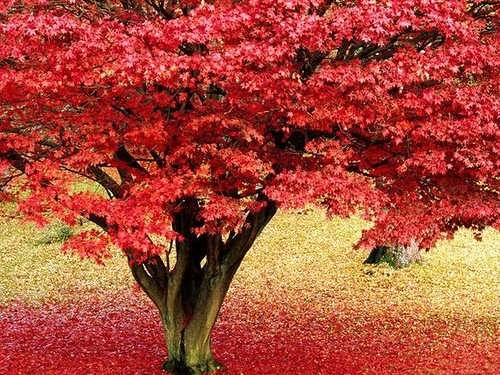
National animal
Canada has two national animals – the beaver and the Canadian Horse.

The Beaver associated with the discovery of the country itself. As an official National symbol, the beaver appears on several Canadian memorabilia like stamps and coins. The beaver is a symbol of ingenuity and perseverance. The beaver officially became the emblem of Canada on 24 March, 1975. Beaver is more popular than Bieber)))
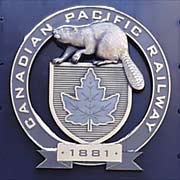
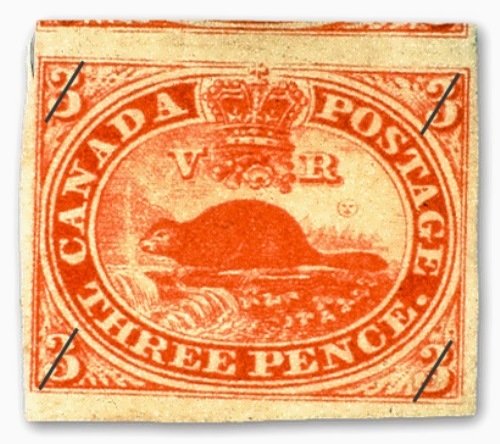
The Canadian Horse is another animal commonly seen as a national symbol of Canada. The government of Canada passed a bill in 2003, which made the Canadian Horse an official symbol and a national animal of Canada. This animal is associated with the agricultural traditions and historical origins of the province of Quebec, and hence, provincial legislation recognized the Canadian Horse as a ‘heritage breed of Quebec’.

The origin of the name «Canada» comes from the expedition of explorer Jacques Cartier up the St. Lawrence River in 1535. The Iroquois pointing out the route to the village of Stadacona, the future site of Quebec City, used the word «kanata,» the Huron-Iroquois word for village. Jacques Cartier used the word Canada to refer to both the settlement of Stadacona and the land surrounding it subject to Chief Donnacona.
By 1547, maps were showing the name Canada applied to everything north of the St. Lawrence River. The St. Lawrence River was called the «rivi?re du Canada» by Cartier.
Canada wasn’t the only name. Other names suggested at the time of Confederation were: Victorialand, Borealia, Cabotia, Tuponia (The United Provinces of North America), Superior, Norland, Hochelaga.
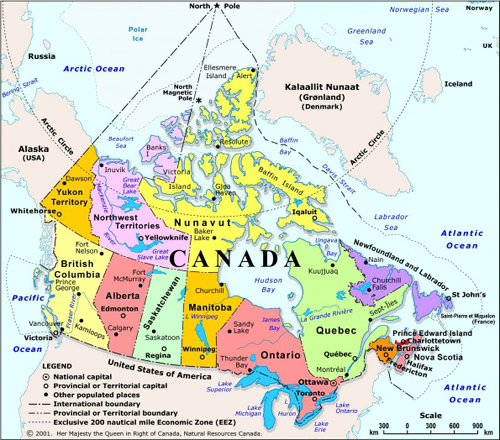
source
